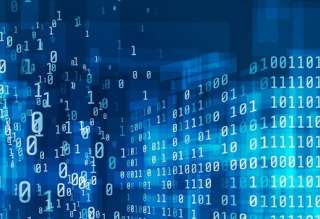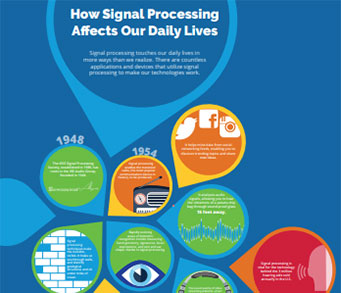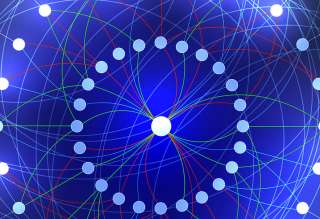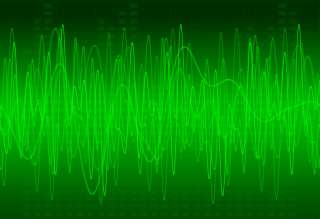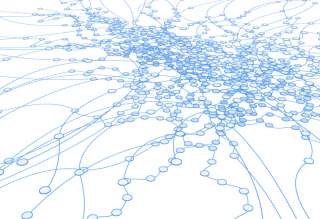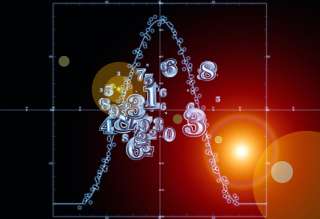SPS Feed
Top Reasons to Join SPS Today!
1. IEEE Signal Processing Magazine
2. Signal Processing Digital Library*
3. Inside Signal Processing Newsletter
4. SPS Resource Center
5. Career advancement & recognition
6. Discounts on conferences and publications
7. Professional networking
8. Communities for students, young professionals, and women
9. Volunteer opportunities
10. Coming soon! PDH/CEU credits
Click here to learn more.
The Latest News, Articles, and Events in Signal Processing
In this article, an interval estimation problem is investigated for a class of discrete-time nonlinear networked systems under stealthy attacks. An improved event-triggered protocol with the time-varying threshold is adopted to govern the received signals of interval observer so as to reduce unnecessary data communication burden.
It is a research hotspot to restore decoded videos with existing bitstreams by applying deep neural network to improve compression efficiency at decoder-end. Existing research has verified that the utilization of redundancy at decoder-end, which is underused by the encoder, can bring an increase of compression efficiency.
Wavelet transform is a powerful tool for multiresolution time-frequency analysis. It has been widely adopted in many image processing tasks, such as denoising, enhancement, fusion, and especially compression. Wavelets lead to the successful image coding standard JPEG-2000.
RGB-induced salient object detection has recently witnessed substantial progress, which is attributed to the superior feature learning capability of deep convolutional neural networks (CNNs). However, such detections suffer from challenging scenarios characterized by cluttered backgrounds, low-light conditions and variations in illumination. Instead of improving RGB based saliency detection, this paper takes advantage of the complementary benefits of RGB and thermal infrared images.
This paper proposes a multi-layer neural network structure for few-shot image recognition of novel categories. The proposed multi-layer neural network architecture encodes transferable knowledge extracted from a large annotated dataset of base categories. This architecture is then applied to novel categories containing only a few samples.
Recent years have witnessed the proliferation of the deployment of virtualization techniques. Virtualization is designed to be transparent, that is, unprivileged users should not be able to detect whether a system is virtualized. Such detection can result in serious security threats such as evading virtual machine (VM)-based malware dynamic analysis and exploiting vulnerabilities for cross-VM attacks.
The recent success of Deep Convolutional Neural Network (DCNN) for various computer vision tasks such as image recognition has already demonstrated its robust feature representation ability. However, the limitation of training database on small scale vein recognition tasks restricts its performance because the recognition result of DCNN depends heavily on the number of trainsets.
The modeling of phenomenological structure is a crucial aspect in inverse imaging problems. One emerging modeling tool in computer vision is the optimal transport framework. Its ability to model geometric displacements across an image's support gives it attractive qualities similar to optical flow methods that are effective at capturing visual motion, but are restricted to operate in significantly smaller state-spaces.
Fusion based hyperspectral image (HSI) super-resolution method, which obtains a spatially high-resolution (HR) HSI by fusing a low-resolution (LR) HSI and an HR conventional image, has been a prevalent method for HSI super-resolution. One effective fusion based method is to cast HSI super-resolution into a unified optimization problem, where handcrafted priors such as sparse prior or low rank prior are always adopted to regularize the latent HR HSI to be optimized.
This paper presents a robust beamformer for stereo noise reduction in hearing aid applications. The worst-case optimization method was applied to the binaural minimum-variance distortionless-response (BMVDR) beamformer, for providing robustness against parameter estimation inaccuracies.
The filtered-x least-mean-square (FxLMS) algorithm has been widely used for the active noise control. A fundamental analysis of the convergence behavior of the FxLMS algorithm, including the transient and steady-state performance, could provide some new insights into the algorithm and can be also helpful for its practical applications, e.g., the choice of the step size.
Automatic modulation classification facilitates many important signal processing applications. Recently, deep learning models have been adopted in modulation recognition, which outperform traditional machine learning techniques based on hand-crafted features. However, automatic modulation classification is still challenging due to the following reasons.
Previous research methods on wake-up word detection (WWD) have been proposed with focus on finding a decent word representation that can well express the characteristics of a word. However, there are various obstacles such as noise and reverberation which make it difficult in real-world environments where WWD works.
This paper presents a novel approach for accurate barcodes detection in real and challenging environments using compact deep neural networks. Our approach is based on Convolutional Neural Network ( CNN ) and neural network compression, which can detect the four vertexes coordinates of a barcode accurately and quickly. Our approach consists of four stages: (
Visual food recognition on mobile devices has attracted increasing attention in recent years due to its roles in individual diet monitoring and social health management and analysis. Existing visual food recognition approaches usually use large server-based networks to achieve high accuracy.
We consider the problem of reliable information propagation in the brain using biologically realistic models of spiking neurons. Biological neurons use action potentials, or spikes, to encode information. Information can be encoded by the rate of asynchronous spikes or by the (precise) timing of synchronous spikes. Reliable propagation of synchronous spikes is well understood in neuroscience and is relatively easy to implement by biologically-realistic models of neurons.
Solving visual question answering (VQA) task requires recognizing many diverse visual concepts as the answer. These visual concepts contain rich structural semantic meanings, e.g., some concepts in VQA are highly related (e.g., red & blue), some of them are less relevant (e.g., red & standing).
Deep learning methods haverevolutionized speech recognition, image recognition, and natural language processing since 2010. Each of these tasks involves a single modality in their input signals. However, many applications in the artificial intelligence field involve multiple modalities.
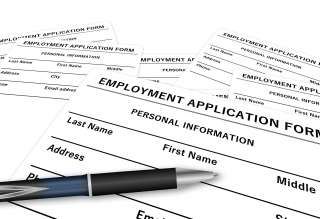
Open rank position in machine learning for medical image and signal processing
Pages
SPS Social Media
- IEEE SPS Facebook Page https://www.facebook.com/ieeeSPS
- IEEE SPS X Page https://x.com/IEEEsps
- IEEE SPS Instagram Page https://www.instagram.com/ieeesps/?hl=en
- IEEE SPS LinkedIn Page https://www.linkedin.com/company/ieeesps/
- IEEE SPS YouTube Channel https://www.youtube.com/ieeeSPS

